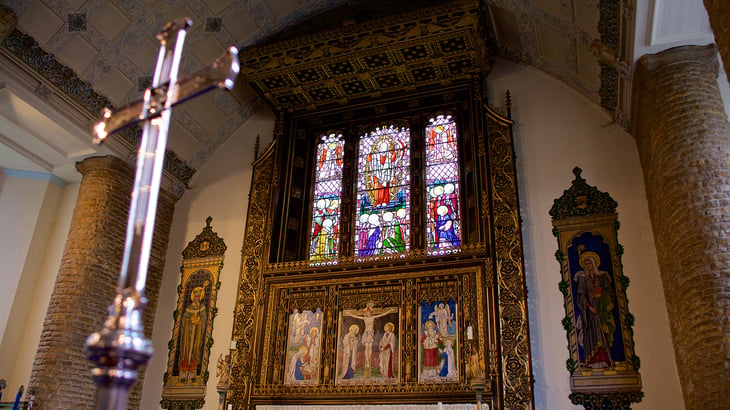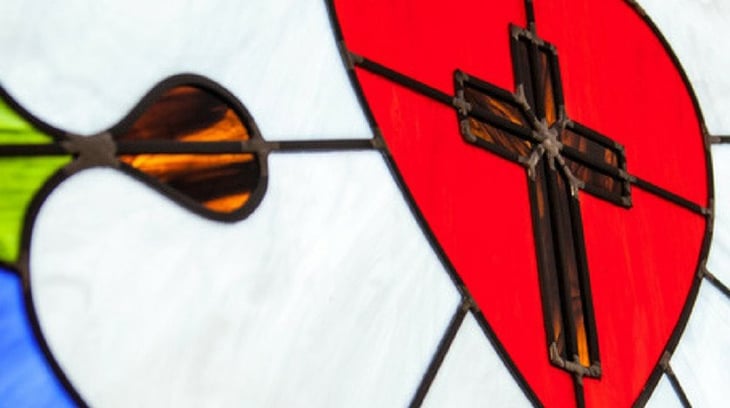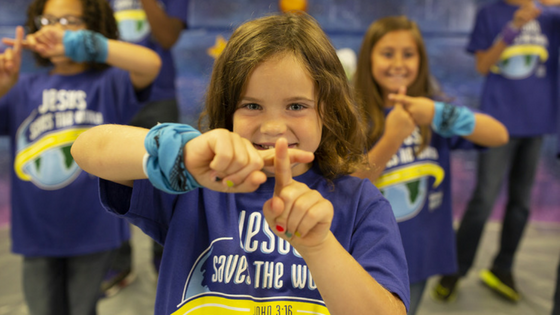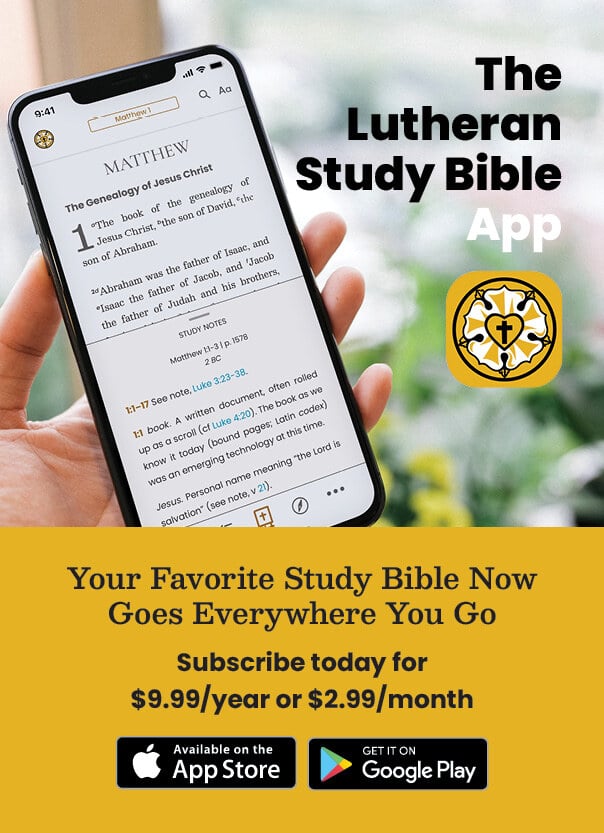Recent Posts by Beth Schultz
Teaching Little Ones: About the Altar
Church services can sometimes be confusing for little ones. They will have questions about what they are seeing. Teaching young children about the individual parts of the church service can seem daunting. And it starts with learning yourself what it all means! It’s a great opportunity to help them grow and understand the symbols of our Christian faith. This is the second post in a series on teaching our youngest churchgoers about the parts of the service.
Teaching Kids About Pastor’s Vestments
Church services can sometimes be confusing for little ones. Why is it so quiet? Why does pastor wear that funny robe? Why do we say the same thing every week? Teaching young children about the individual parts of the church service can seem daunting. And it starts with learning yourself what it all means! This is the first of a series of posts on teaching our youngest churchgoers about the parts of service.
How to Answer Kids’ Hard Questions about the Faith
I was helping a friend by driving her daughter home from school one day. My friend’s daughter is in kindergarten. She was telling me about her teacher, who was about to go on maternity leave. “Hmm . . . I never really thought about how the baby comes out. How does it come out?”
Thanksgiving Lesson Plans That Teach about God’s Overflowing Gifts
“You prepare a table before me in the presence of my enemies; you anoint my head with oil; my cup overflows.” (Psalm 23:5)
Around Thanksgiving, we think about being thankful to God for family, friends, and food. But how can we illustrate the lesson of God’s bountiful gifts in new ways? Having something visual and tangible can make things more understandable to children of all ages—and even to adults.
Simple Activities to Teach Children about Luther’s Rose
God gives children such beautiful faith! Even the smallest members of His family are invited to worship Him, read His Word, and live out vocations for His glory.
Luther recognized this and sought to teach faith-building lessons in an attainable way to youth. His Small Catechism was written to teach children about the faith in a simple way! One perfect object lesson for teaching matters of faith and salvation is Luther’s seal (also known as Luther’s rose).
How to Teach Children about Vocation
What is vocation and how do you teach children about it? Vocation is a word used by the church to mean the work God does through you. He has called you to the vocation of wife, husband, mother, father, child, sibling, church worker—just to name a few. But do children understand they too, play an important part in God's family?
Their vocation as child of God and child in this world is a beautiful and an important lesson to teach. 1 Corinthians 12:4–6 says, “Now there are varieties of gifts, but the same Spirit; and there are varieties of activities, but the same Lord; and there are varieties of activities, but it is the same God who empowers them all in everyone.” God does not need our help, but he uses our gifts and activities to help those around us. Each of us and each child around us has important vocations. Below are some discussion points for teaching children about vocation at home, school, church, and out in the world.
Teaching the Bible through Drama and Theater
During the Middle Ages, common folks were taught the Bible via public plays in the town square. Today, drama can be an incredible tool for relaying Bible truths to your kids. You do not have to be an award-winning actor to utilize this avenue of communication when teaching children. You just need a little planning, some preparation, and enthusiasm. Let’s talk about using the strengths in your program and avoiding the pitfalls.
Tips for Teaching Hymns and Songs to Kids
The BRAIN, Brain, Brain, Brain . . .
Did you start singing a certain cartoon theme song in your head? Music is a powerful tool that sticks in our memory. As someone who works with children, there are many times I wonder what is going on in the brains of these little ones. What can I do to richly engage their brains in learning? Involving children in song and music activates almost every part of the brain.
The part of your brain that memorizes songs is a magnificent storage device. How useful to have the word of God stored in your head for easy reference whenever you need. Books of the Bible songs, hymns, and songs with promises for youth are invaluable in times of trouble, testing, or joy. Let these words be committed to their lifetime memory for their easy recollection. The hymnal is full of songs that teach the Bible stories, theology, and promises of God that we work so hard to instill in the hearts and minds of our children. For a deeper look at why it’s important to take time to teach hymns and songs to children read this blog: The Importance of Teaching Hymns to Children.
How do we integrate the teaching of hymns, church liturgy, and songs into our routines to help children commit them to memory? Here are some helpful tips tried in the field by the musically inclined as well as those with very little music teaching experience.


















